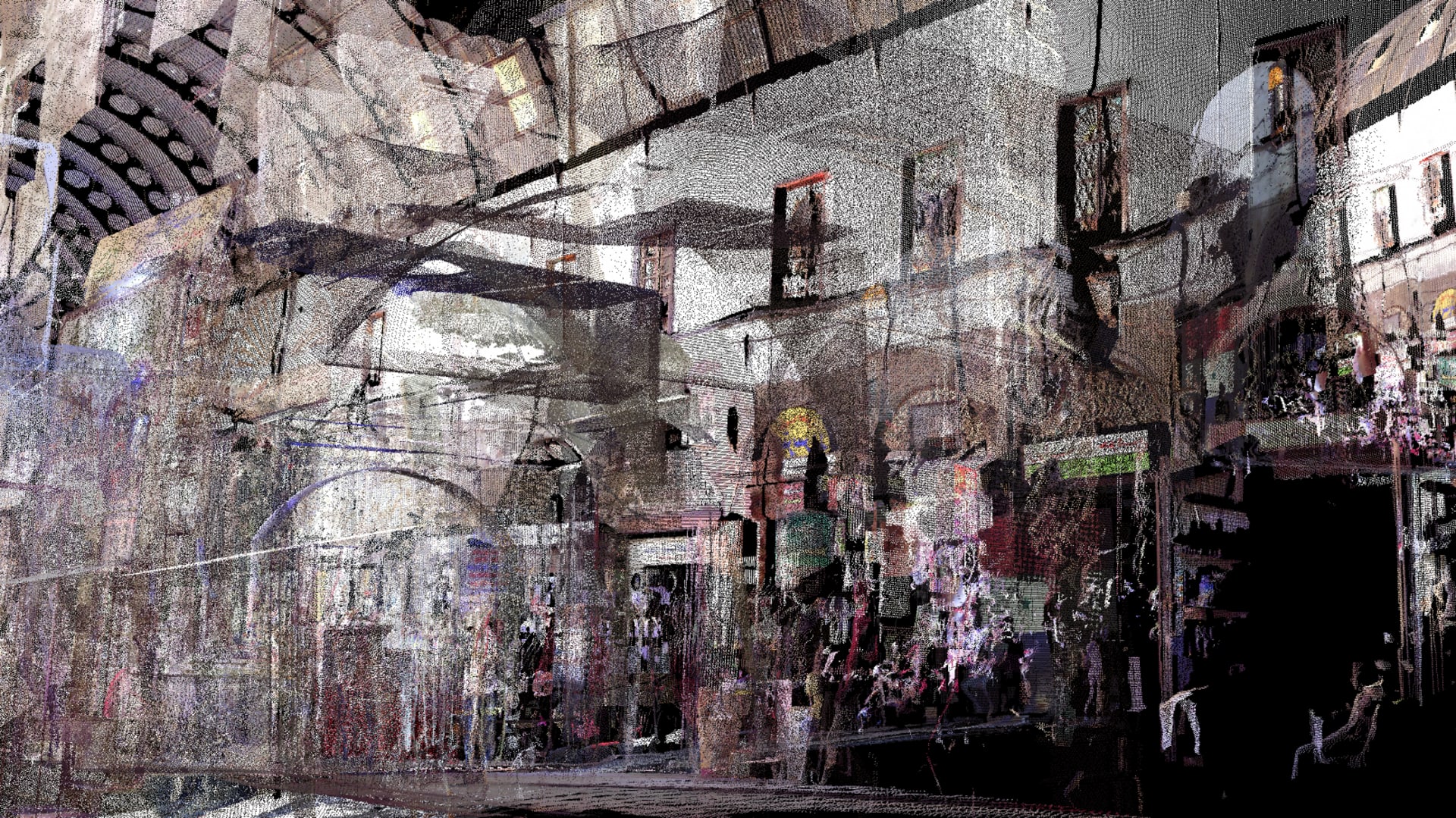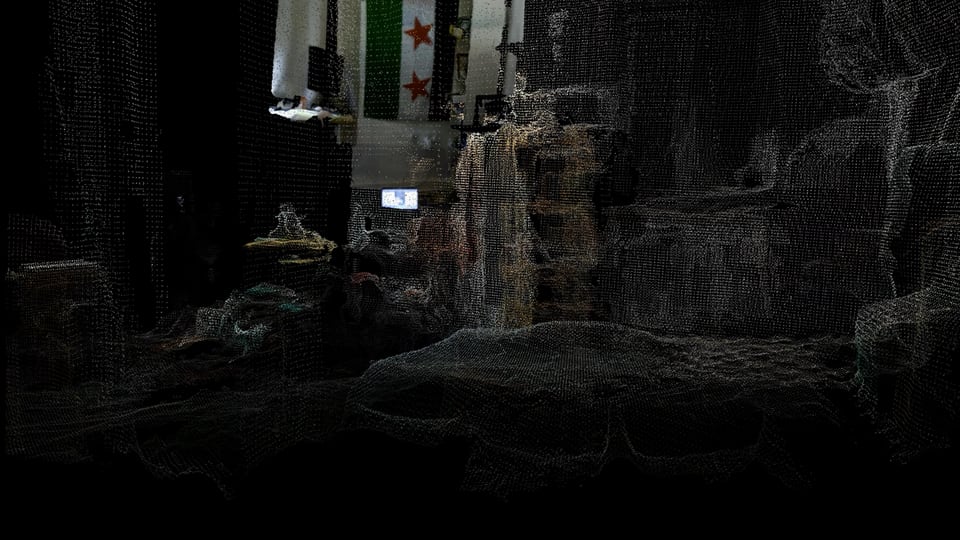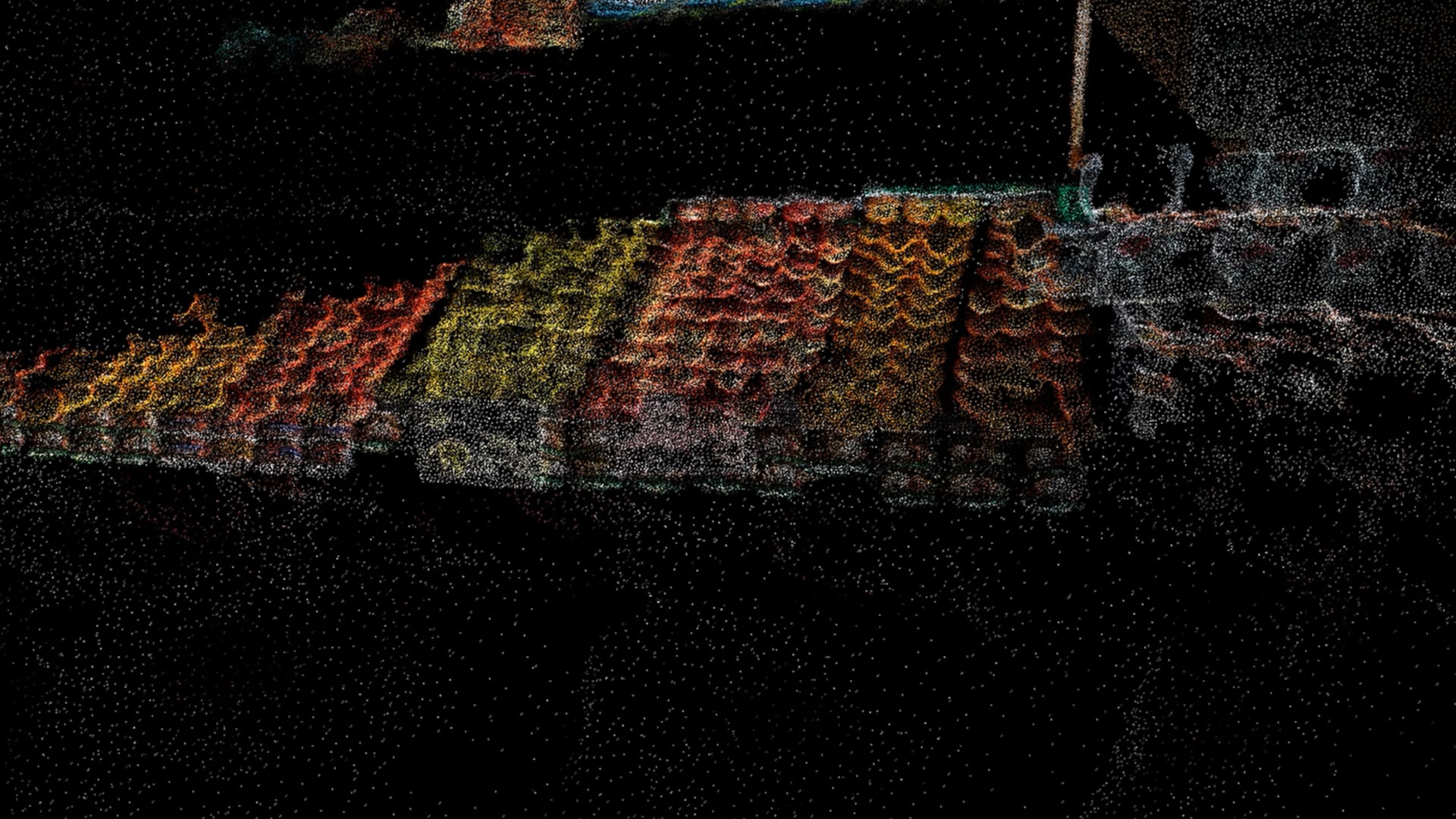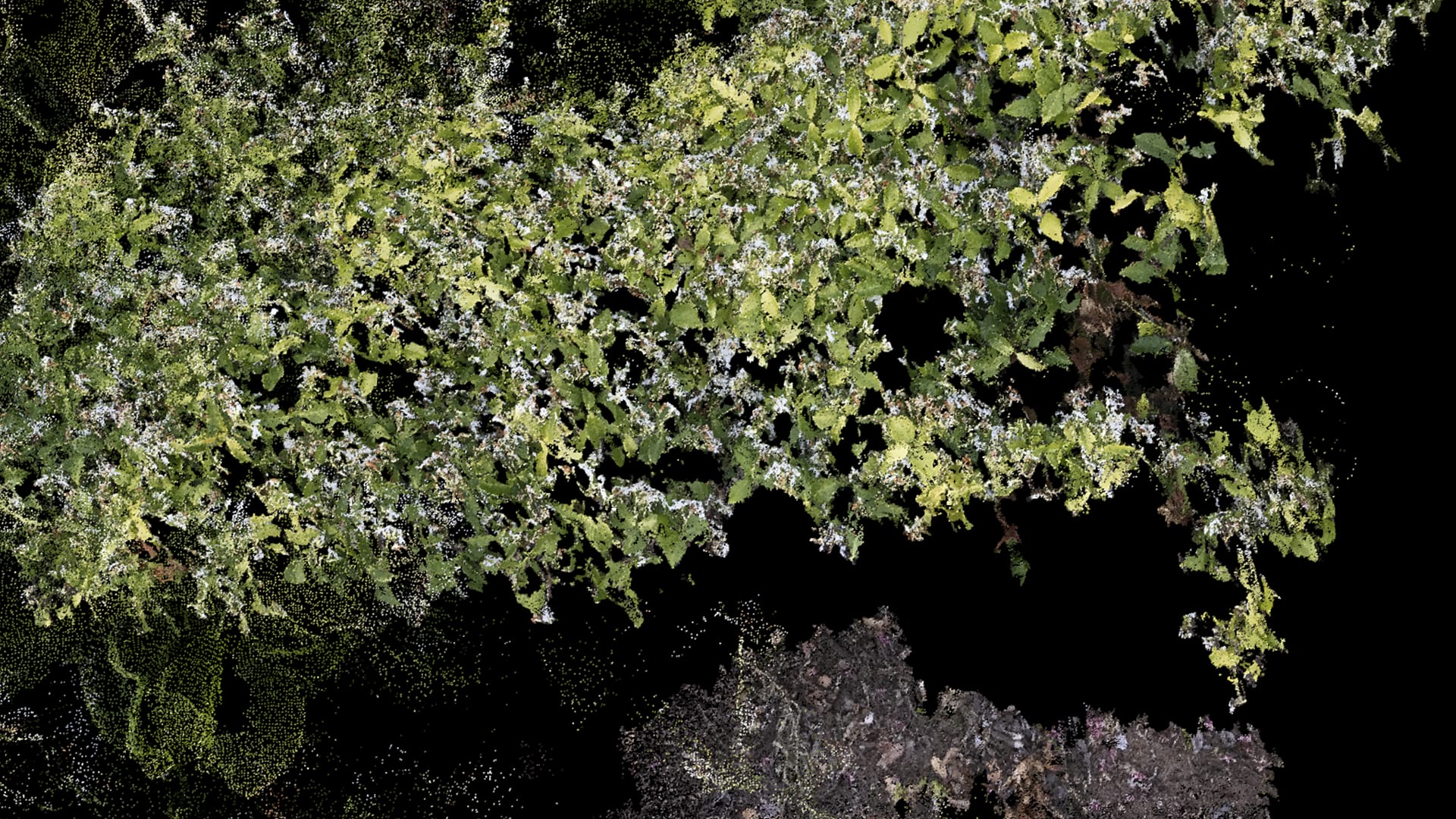Nour is an MA Architecture graduate from The Royal College of Art. She completed a BSc in Architecture at The Bartlett UCL, prior to working in product design, interior design and architecture practices in London.
Nour's current interests lie at the intersection of the physical and the digital. She is interested in the themes of heritage, memory and migration. Whilst studying with ADS8 (Led by Ippolito Pestellini Laparelli, Kamil Hilmi Dalkir and Rhiarna Dhaliwal) Nour developed a keen interest in exploring the potential of gaming engines as testing grounds and a sites of experimentation in addressing geospatial and socio-cultural issues. Born and raised in Jordan to parents of Syrian and Turkish ethnic roots, Nour will continue to explore practices of urban inclusion, belonging, and how communities find 'home'.
In her first year at the RCA, Nour studied with ADS2 (led by David Knight, Diana Ibáñez López & Ahmed Belkhodja) which focused on pasts, presents and futures of UK National Park designations. Her project explored a remote island in the Western Hebrides, which was inhabited by only six residents. She received a Distinction in her thesis which explored the thresholds of the Green Line of Cyprus and how it has shaped life in the divided city of Nicosia.
Outside of architecture, Nour is an avid hillwalker and has a strong interest in island studies. As an Island Innovation Ambassador for England, her History and Theory Studies thesis explored the politics of distance and island governance in the Shetland Isles.











